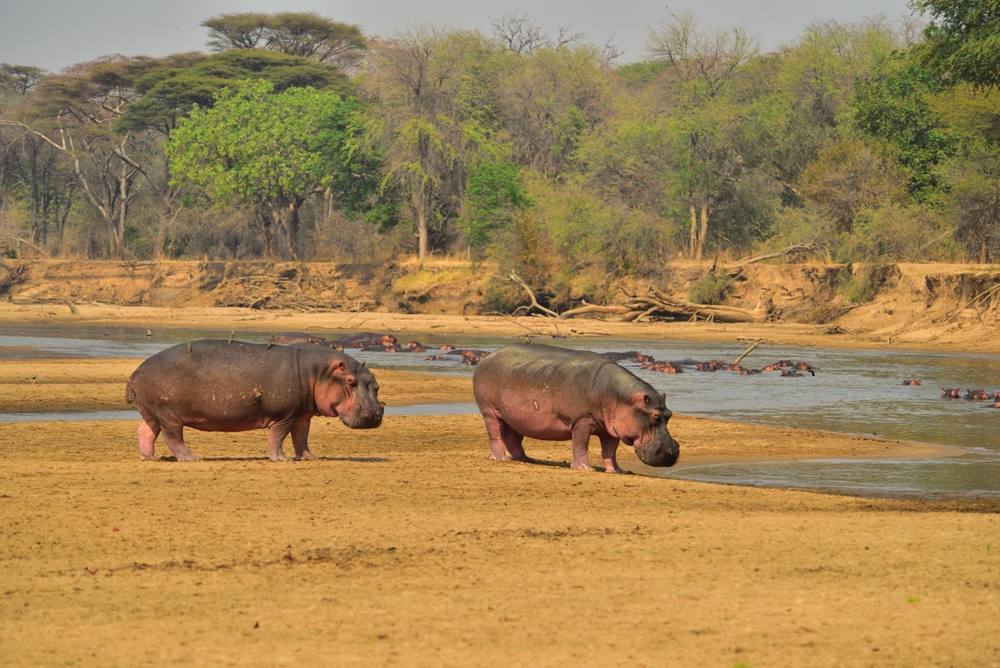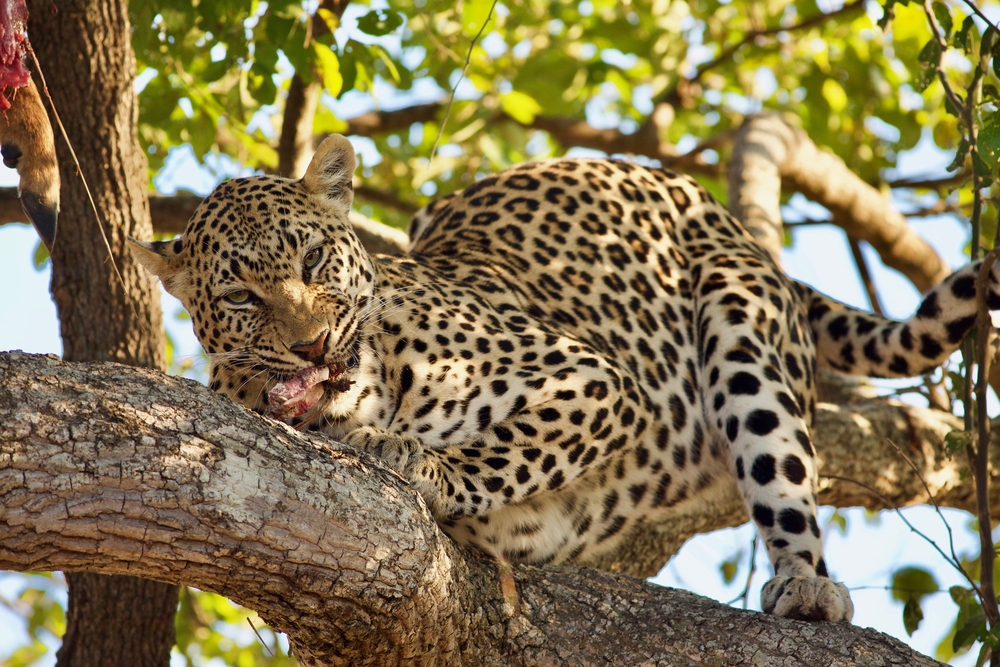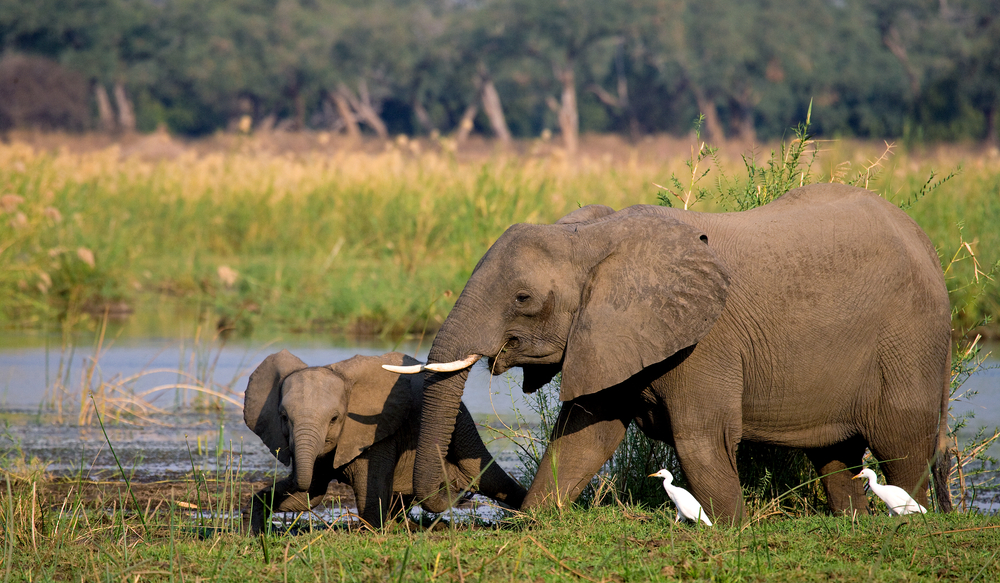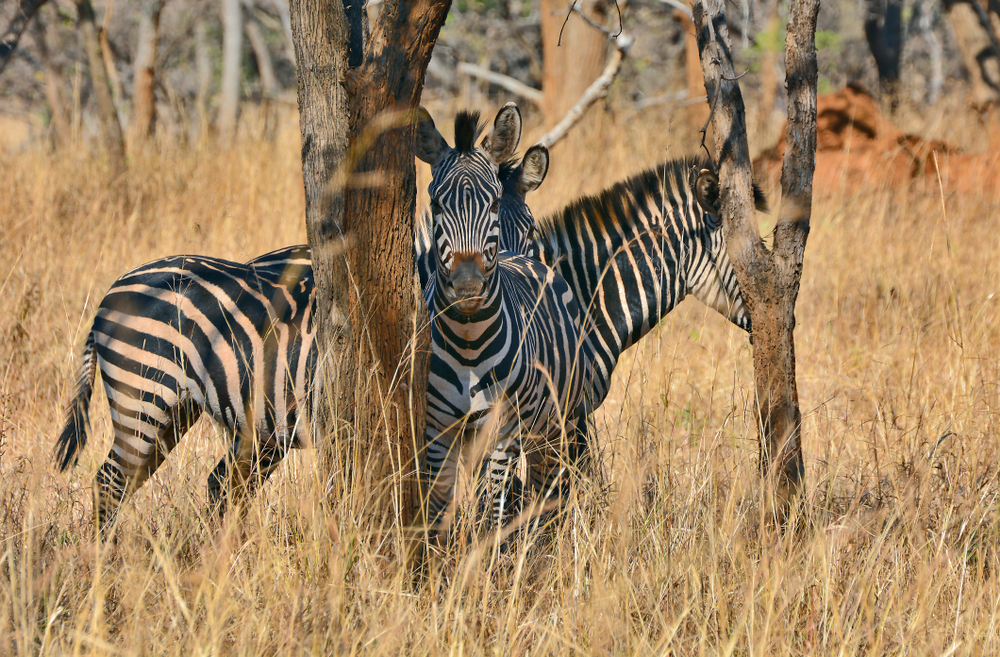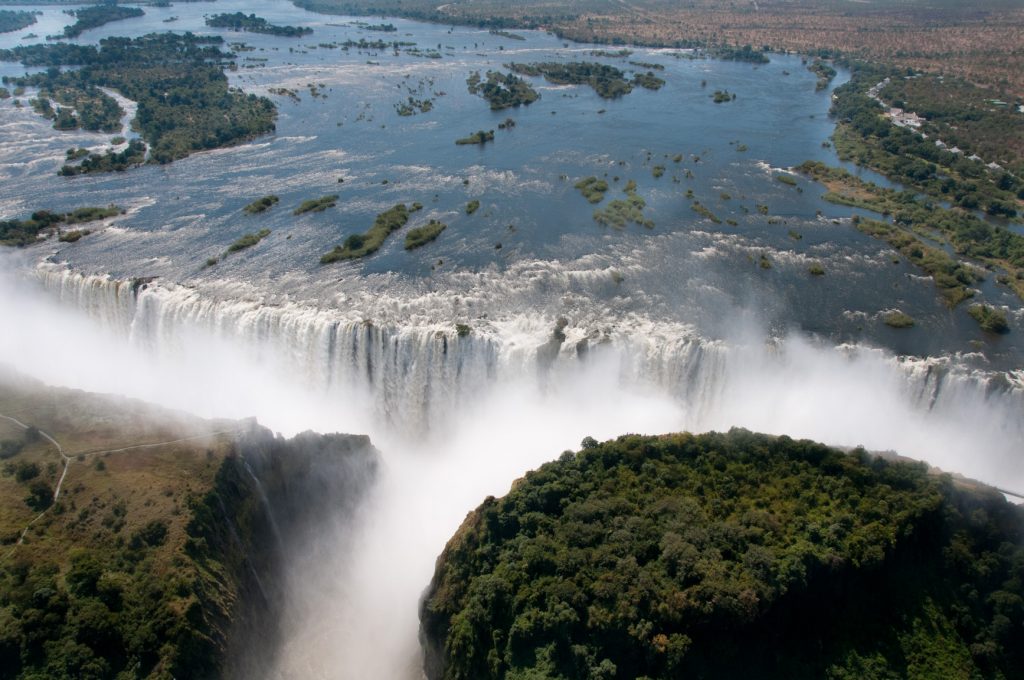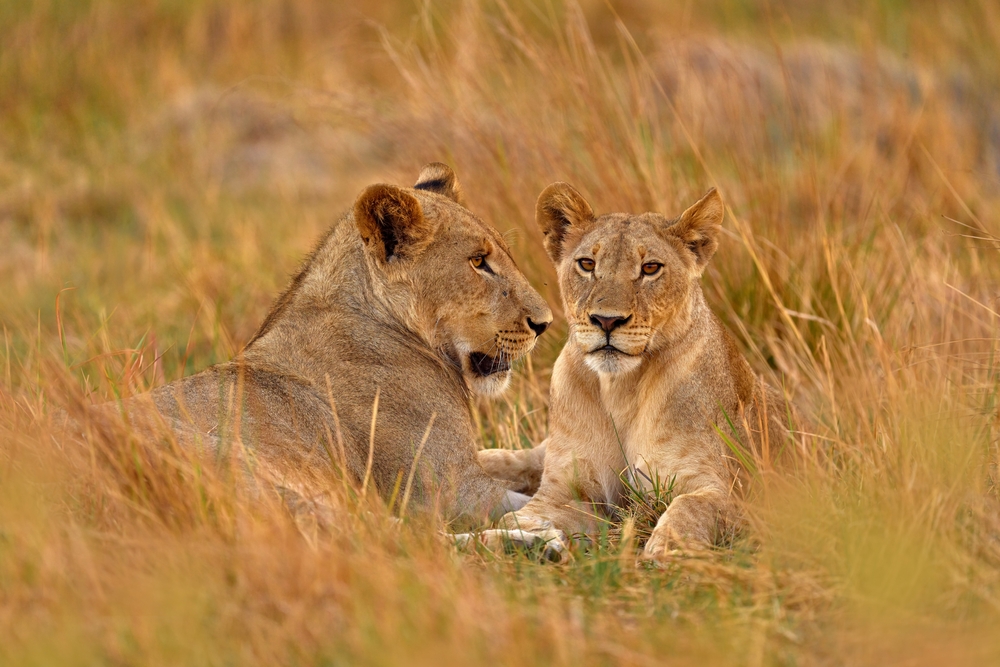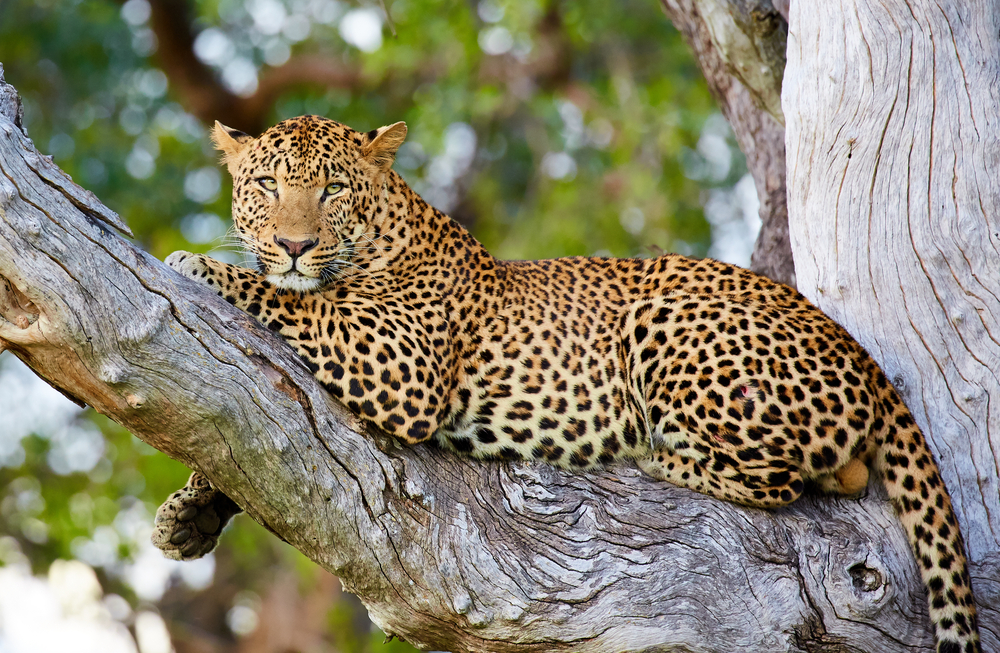North Luangwa Overview
North Luangwa National Park, known locally as Paki ya Luangwa ya Kumafupi, is a remote and pristine wilderness in northern Zambia. Covering an expansive 4,636 square kilometers (1,790 square miles), it lies within the Luangwa Valley and is renowned for its rugged landscapes, untamed beauty, and thriving ecosystems. Established in 1972, this park remains one of Africa’s last truly wild areas, offering visitors an exclusive and off-the-beaten-path safari experience. It is more remote than its neighboring South Luangwa National Park.
The park’s terrain is dominated by lush riverine forests, mopane woodlands, and open floodplains, shaped by the seasonal flow of the Luangwa River, which serves as the lifeblood of the region. The dramatic escarpment of the Muchinga Mountains runs along the western edge of the park, rising to heights of over 1,000 meters (3,280 feet), providing a breathtaking backdrop for the wilderness below. Though the park does not feature waterfalls, its numerous rivers and lagoons create vital habitats and scenic spots for wildlife viewing.
North Luangwa National Park is celebrated for its exceptional biodiversity and predator-prey dynamics. It is home to large populations of elephants, buffalo, and hippos, as well as predators such as lions, leopards, and spotted hyenas. The park is particularly notable for its black rhino population, which was successfully reintroduced through intensive conservation efforts. Sightings of Cookson’s wildebeest, a rare subspecies unique to the Luangwa Valley, further add to the park’s appeal. Birdlife flourishes here, with over 400 species recorded, including the striking carmine bee-eater, African fish eagle, and Pel’s fishing owl.
What sets North Luangwa apart is its dedication to conservation. Managed through a partnership between the Zambian government and organizations like the Frankfurt Zoological Society, the park has seen significant success in anti-poaching efforts and the restoration of critical species, particularly black rhinos. Local communities play an essential role in conservation through community-based resource management and education initiatives, ensuring both ecological protection and sustainable livelihoods.
Unlike many other national parks, North Luangwa maintains its exclusivity by offering strictly controlled access. Only a few operators are permitted to conduct walking safaris and limited game drives, ensuring minimal environmental impact and a truly immersive wilderness experience. The park is renowned as one of the best places in Africa for walking safaris, allowing visitors to explore the bush on foot with expert guides while observing wildlife in its natural habitat.
Visitors to North Luangwa National Park can expect an intimate and raw safari experience far from the crowds. Activities include guided walking safaris, birdwatching, and photographic safaris, offering unparalleled opportunities to connect with nature. Accommodation options are minimal but luxurious bush camps provide a comfortable base to experience the park’s untamed beauty.
In summary, North Luangwa National Park is a hidden gem of Zambia’s natural heritage. Its remote landscapes, thriving wildlife, and unwavering commitment to conservation make it an extraordinary destination for adventurous travelers seeking the wild heart of Africa.








































































